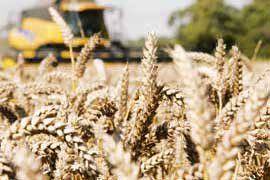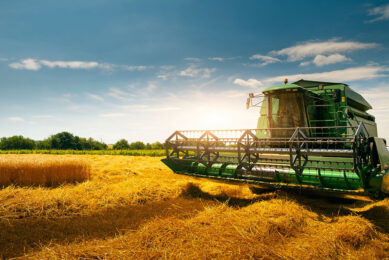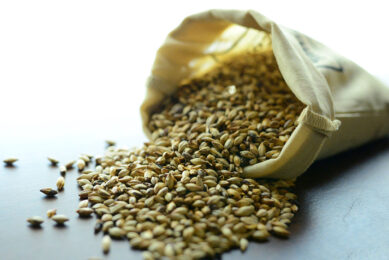Insights in mycotoxin situation UK and Ireland

A survey, covering 66 samples from all over Great Britain and Ireland, gives an insight in the mycotoxin prevalence in these areas. More than 460 analyzes were conducted to test for the occurrence of the seven mycotoxins most frequently found in agricultural commodities intended for animal production.
The survey, done by Nutriad, provides an insight into the incidences of aflatoxins (Afla), zearalenone (ZEN), deoxynivalenol (DON), T-2 toxin, HT-2 toxin, fumonisin B1 (FB1) and ochratoxin A (OTA) across all regions of the UK and Ireland. All analyzed samples were wheat. Typically levels of DON and zearalenone tend to be lower in northern England and Scotland, moderate in western England, Wales and Ireland and highest in southern and south-eastern England. All samples (66) were collected almost immediately after the harvest and the probability that some storage mycotoxins will have developed (OTA) was low. Wheat samples were sampled directly from farms or animal feed production sites.
Method of testing
Sample providers were advised to follow the principles of good sampling (Richard, 2000). However, analytical personnel and/or laboratory staff were not involved in sampling and, therefore, did not influence any part of this procedure. All seven mycotoxins were analyzed by liquid chromatography tandem mass spectrometry (LC MS/MS). For the purpose of data analysis, non-detection levels were based on the limits of quantification (LOQ) of the test method for each mycotoxin: AfB1 < 0.5 μg/kg; ZEN < 10 μg/kg; DON < 75 μg/kg; FB1 < 125 μg/kg; OTA < 1 μg/kg; T-2 toxin < 4 μg/kg and HT-2 toxin < 4 μg/kg.
Results
The results show that only 4.5% of wheat samples were contaminated with DON and none of the samples contained AfB1. Only 3.03 % of samples contained T-2 toxin and ZEN. The average concentrations of all recovered mycotoxins were low while the highest concentration of DON found reached only 107.14 μg/kg. Although 12.12% of the samples contained HT-2 toxin, a mycotoxin extremely toxic for poultry, its maximum concentration reached only 24.7 μg/kg and this level is negligible. None of the samples were contaminated with OTA or FB1 but this result was expected as it is well known that OTA is a typical storage mycotoxin and FB1 is preferably produced on maize.
Conclusion
The 2015 Nutriad wheat mycotoxin survey concludes that this year’s harvest of wheat in the UK and Ireland is of very good quality in terms of mycotoxin contamination. Based on the results of this survey conducted immediately post-harvest we believe that this year’s wheat crop may be considered safe for inclusion into finished feed rations for all animal species. Vigilance is always advisable however as cereals in animal feeds originate from many sources and some continental European cereals harvested in 2015 have been shown to be contaminated with medium concentrations of mycotoxins. The last possible line of defense is the detoxification of mycotoxins in vivo. The addition of proven mycotoxin deactivators to animal feeds is a very common method to prevent mycotoxicosis and is an effective strategy to keep mycotoxin risk low under any and all conditions.
Join 26,000+ subscribers
Subscribe to our newsletter to stay updated about all the need-to-know content in the feed sector, three times a week. Beheer
Beheer









 WP Admin
WP Admin  Bewerk bericht
Bewerk bericht